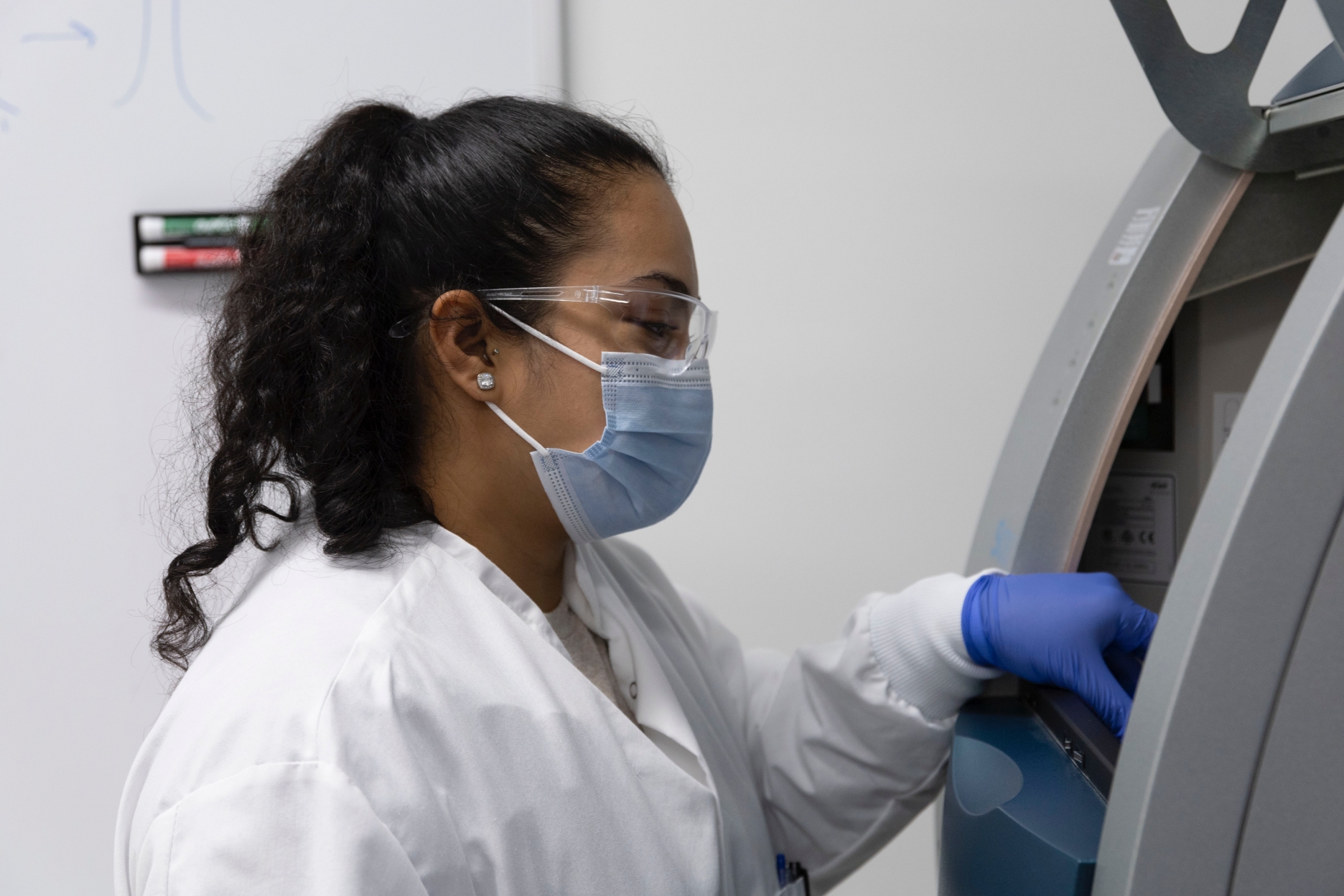The Importance of High-Quality Precision Plasmids for Cell and Gene Therapies

Manufacturing high-quality precision plasmids for cell and gene therapy involves several critical steps to ensure the safety and efficacy of the final product.
Here are some of the key steps involved in plasmid manufacturing for cell and gene therapy:
Plasmid design and construction: The plasmid DNA sequence must be carefully designed and constructed to ensure that it is safe, effective, and can be produced in high yields. This involves selecting appropriate regulatory elements, choosing a suitable promoter, optimizing codon usage, and incorporating any necessary regulatory sequences.
Plasmid production: The plasmid DNA must be produced using a robust and scalable production process that can generate high yields of high-quality DNA. This typically involves using bacterial fermentation, followed by purification using chromatography to remove impurities and ensure high purity.
Quality control and testing: The plasmid DNA must undergo rigorous quality control testing to ensure that it meets the required specifications for safety, purity, and potency. This includes testing for identity, purity, potency, and safety using analytical methods such as gel electrophoresis, high-performance liquid chromatography (HPLC), mass spectrometry, and endotoxin testing.
Formulation and delivery: The purified plasmid DNA must be formulated into a suitable delivery system and packaged for administration to patients. This may involve using liposomes, nanoparticles, or other delivery systems to facilitate efficient and targeted delivery of the plasmid DNA to the appropriate cells.
Regulatory compliance: The manufacturing process must comply with applicable regulatory requirements and guidelines, including those established by the U.S. Food and Drug Administration (FDA) and other regulatory agencies.
Manufacturing high-quality plasmids for cell and gene therapy is a complex and challenging process that requires specialized expertise and facilities. It is critical to ensure that the plasmid DNA is produced to the highest standards of quality and safety to ensure the safety and efficacy of the final product.
The rapid increase in demand for plasmids is causing supply and manufacturing to become a critical pain point in the biopharmaceutical industry. Between 80-90% of plasmids are produced by CDMOs with wait times for access to GMP plasmid production capacity often exceeding 12 months. Download the white paper to learn how CBM’s platform will meet the rising demand to deliver high quality GMP plasmids.
